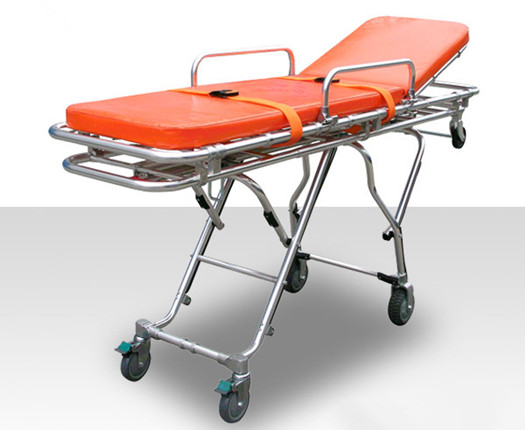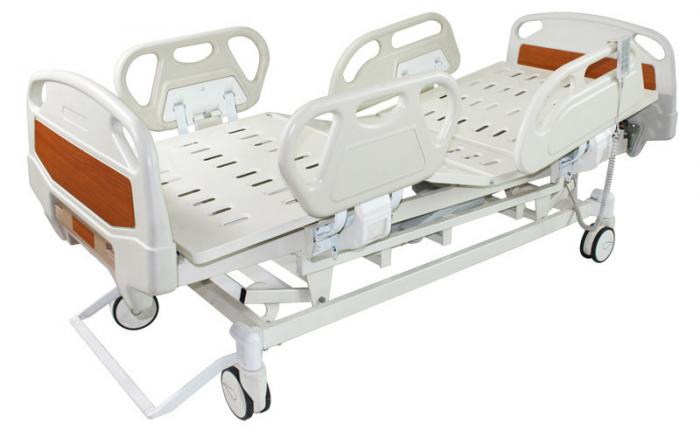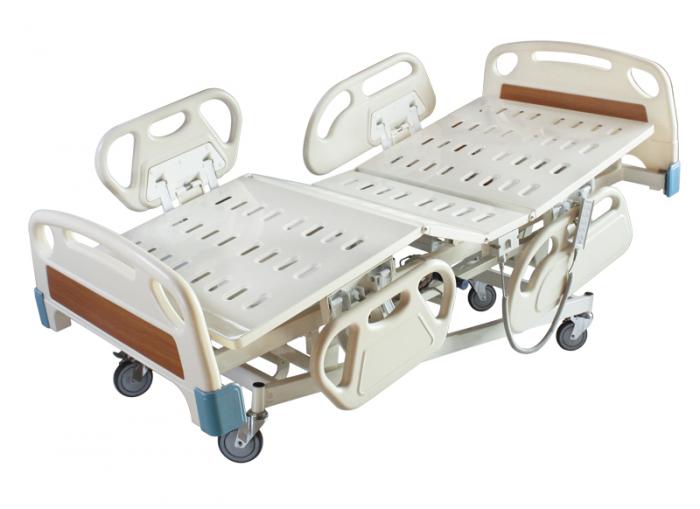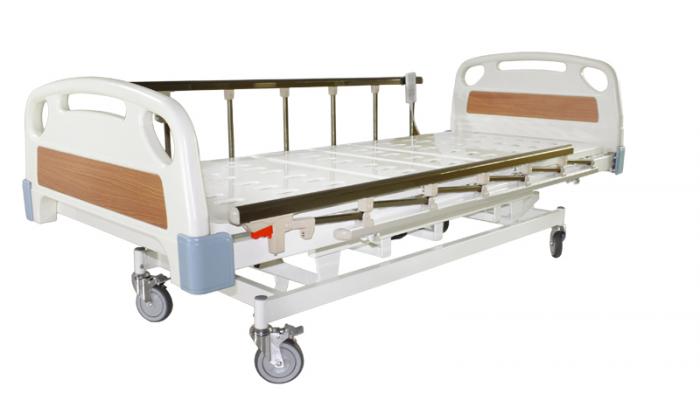| Name: | Ambulance Stretcher |
|---|---|
| Model No.: | BES-HB069 |
| Product Name: | Ambulance Stretchers,Emergency Stretchers,Emergency Trolley |
| Brand: | BESCO |
| Lead time: | 25 days |
| MOQ: | 10 units |
| Sample: | Available |
| Certificates: | CE,FDA |
| SAMPLES: | Available |
| Material: | Aluminum |
| Country of Original: | China |
| Stock: | Available |
| Port: | SHANGHAI |
| Office: | Zhengzhou,China |
Products Description
Ambulance stretcher
Function:
1. Maximum size (L×W×H):196×55×98cm
2. Minimum size (L×W×H):196×55×34cm
3. Maximum angle of leaning forward: 11°
4. Maximum angle of leaning backforward : 70°
5. 6 grades height:98cm 94cm 87cm 77cm 60cm 34cm
6. Net weight: 38.2kg Gross weight: 44kg
7. Load bearing:≤200kg
Applied for:
Approved by clinic practice, this item is suitable for ambulance, hospital battlefield, gym, etc. to carry the wounded & patients. It allows one person to perform retrieval
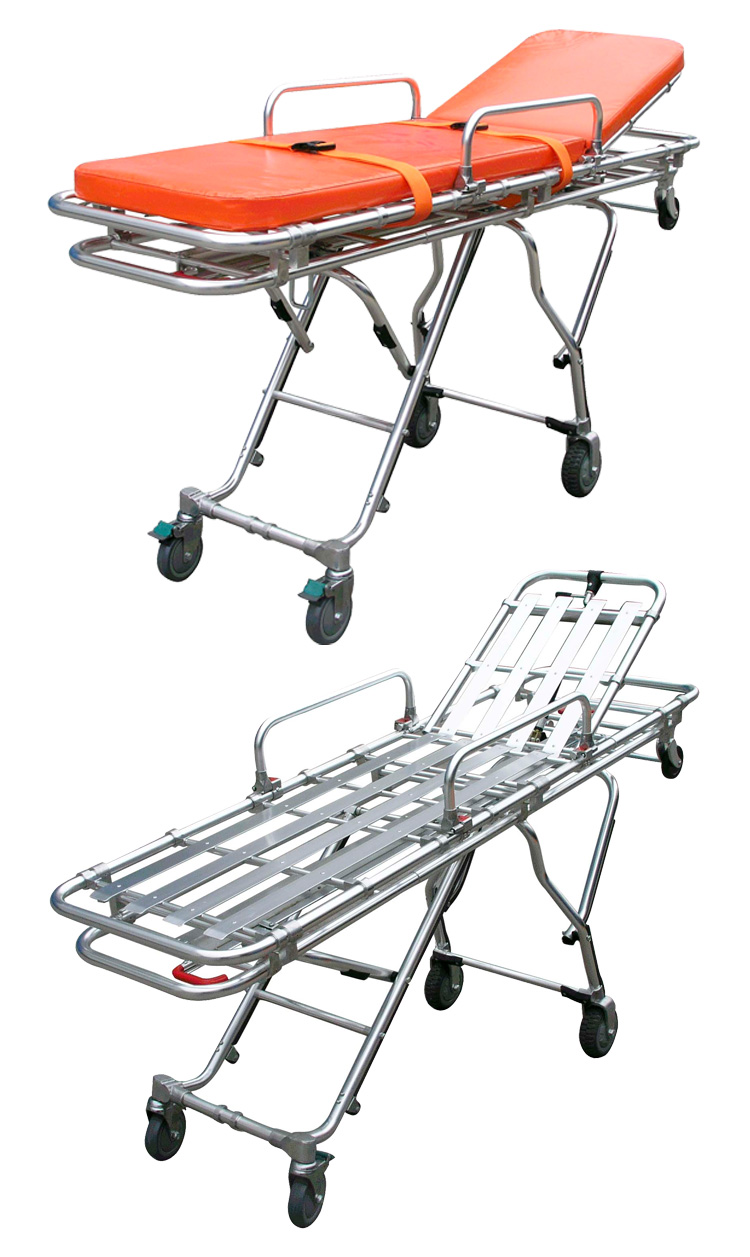

An ambulance stretcher is a specialized piece of medical equipment used to transport patients, particularly in emergency situations. It provides a stable and secure platform for patients, often with features like wheels, adjustable height, and safety restraints, facilitating their safe transfer to and from ambulances and into medical facilities.
Here's a more detailed look:
Purpose:
Ambulance stretchers are designed for the safe and efficient transportation of patients, especially those who are injured, ill, or otherwise unable to move on their own.
Key Features:
Mobility: Equipped with wheels for easy movement, both inside and outside the ambulance.
Adjustability: Many ambulance stretchers have adjustable height settings to fit different ambulance models and to facilitate patient transfer.
Safety: Features such as straps, side rails, and locking mechanisms ensure patient stability and prevent falls during transport.
Ergonomics: Designed with patient comfort and caregiver safety in mind, often featuring padded surfaces and adjustable features to minimize strain on medical personnel.
Importance in Emergency Care:
Ambulance stretchers are a crucial part of emergency medical services, allowing for rapid and safe transport of patients to hospitals and other medical facilities. They can also be used as a platform for providing initial medical treatment during transport.
Types:
Ambulance stretchers come in various types, including those with powered hydraulics for easier raising and lowering, and those designed for specific patient needs, such as bariatric patients.
How to us the ambulance stretcher ?
To use an ambulance stretcher, you must first lower it to the ground, load the patient, secure them with straps, and then raise and lock it before loading it into the ambulance. When unloading, reverse the process, ensuring proper lifting techniques and safety precautions.
Lowering the Stretcher:
1. Locate the handle:
Typically found at the foot end, under the mattress.
2. Take the weight off the wheels:
This may involve slightly lifting the stretcher or using a mechanism depending on the model.
3. Pull the handle:
This will disengage the locking mechanism and allow the stretcher to lower to the ground.
4. Guide the stretcher down:
Use your legs, not your back, to lower it to the ground, ensuring you are out of the way.
Loading the Patient:
1. Secure the patient:
Use the straps provided (shoulder, torso, and leg straps) to ensure the patient is safely secured to the stretcher.
2. Adjust the height:
Raise or lower the stretcher to a comfortable height for you and your partner, typically around waist level.
3. Engage brakes:
Ensure the stretcher brakes are engaged before moving the patient on or off.
Loading into the Ambulance:
1. Elevate the stretcher:
.Raise the stretcher to the appropriate height for easy entry into the ambulance, often using a powered or hydraulic system.
2. Push the stretcher:
.With your partner, push the stretcher into the ambulance, ensuring it is properly secured.
Unloading from the Ambulance:
1. Disengage the latch:
If using a powered system, disengage the latch that secures the stretcher inside the ambulance.
2. Lower the stretcher:
Carefully lower the stretcher to the ground, ensuring the patient is safely secured.
3. Remove the patient:
Transfer the patient from the stretcher to a bed or other suitable location, following proper lifting techniques.
Important Considerations:
Two-person lift:
Always use a two-person lift when transferring a patient and lifting the stretcher, engaging your legs and not your back.
Strap safety:
Ensure all straps are properly secured to prevent the patient from falling off the stretcher.
Hydraulic/Powered systems:
Familiarize yourself with the specific operating procedures for the stretcher's hydraulic or powered systems.
Environmental factors:
Be aware of your surroundings, especially when using the stretcher in icy conditions or confined spaces.
Patient monitoring:
Continuously monitor the patient's condition throughout the transfer and transport.
